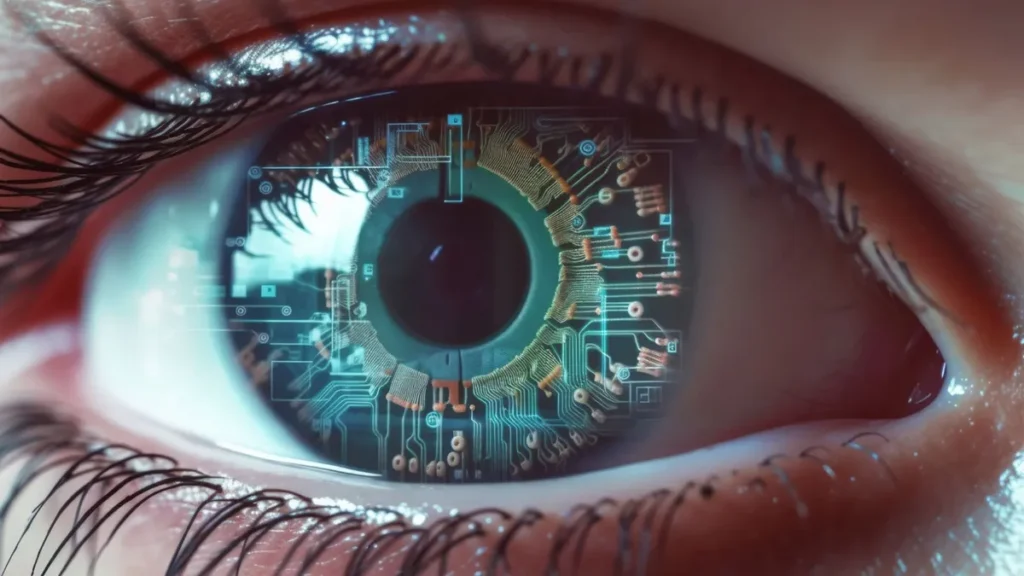
The identification of autism spectrum disorder (ASD) is hindered by resource constraints, particularly the scarcity of trained professionals for assessments. Structural changes in the retina observed in individuals with ASD may reflect underlying brain alterations, suggesting anomalies in the visual pathway. These alterations stem from embryonic and anatomical connections.
Innovative Approach in Korea: Deep Learning Algorithms for Objective ASD Screening
Addressing the need for accessible and reliable tests, researchers in Korea have developed a solution. They employ deep learning algorithms to objectively screen for ASD and assess symptom severity based on retinal photographs. The study involves the creation of deep ensemble models with an expanded participant pool. Additionally, the potential applicability of these models in a pediatric population is explored through sequential age-based modeling.
Rising Prevalence and Symptom Categories of ASD
As of 2020, the prevalence of ASD, according to the US Centers for Disease Control and Prevention, is projected at 1 in 36 individuals. This increase is attributed to heightened awareness in the general public, medical practitioners, and research circles. ASD manifests in two primary symptom categories: social communication impairment and restricted and repetitive behaviors or interests.
Study Methodology: Retinal Photographs and Deep Learning Algorithm
The study involves retinal photographs of 1890 eyes from 958 participants under 19, selected from the Department of Child and Adolescent Psychiatry, Severance Hospital, Yonsei University College of Medicine in Korea. A convolutional neural network, a deep learning algorithm, is created using 85 percent of the retinal images for training. The remaining 15 percent is reserved for testing. Symptom severity is assessed using calibrated severity scores from the Autism Diagnostic Observation Schedule – Second Edition (ADOS-2) and the Social Responsiveness Scale – Second Edition (SRS-2).
AI Model Accuracy and Potential Biomarkers
When evaluating the test set, the AI model exhibits impressive accuracy in identifying children with ASD, with a mean area under the receiver operating characteristic (AUROC) curve of 1.00. The model retains high accuracy even when 95 percent of the least important areas of the image are removed. The researchers suggest that retinal alterations may serve as potential biomarkers for ASD.
Insights and Future Implications
The AI models show promise in differentiating between ASD and typical development using retinal photographs. Notably, the study suggests that retinal alterations may provide additional information about symptom severity. However, the distinction in classification accuracy between ADOS-2 and SRS-2 scores underscores the importance of assessment methods. Further research is needed to establish generalizability, but the study marks a significant step towards creating objective screening tools for ASD. These tools could alleviate concerns about limited accessibility to specialized child psychiatry assessments due to resource constraints.